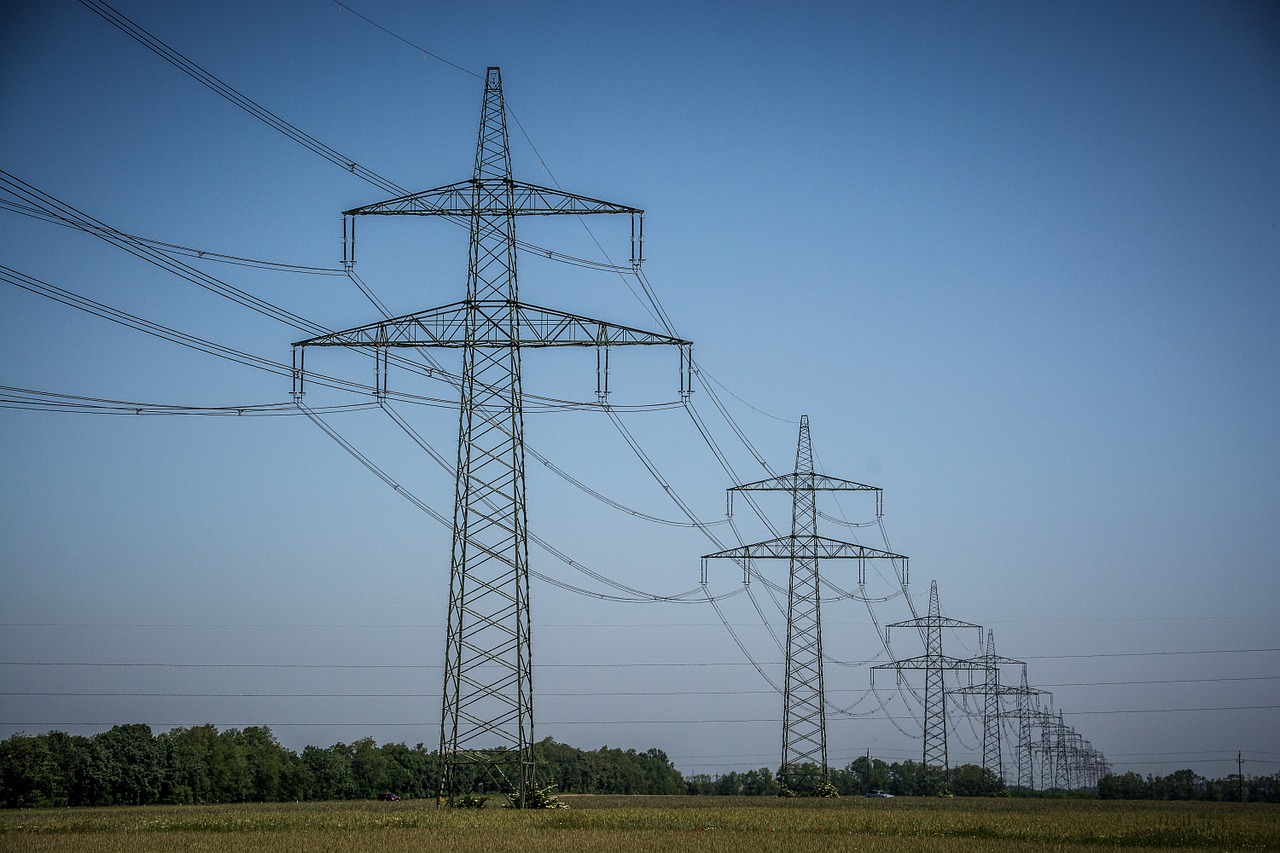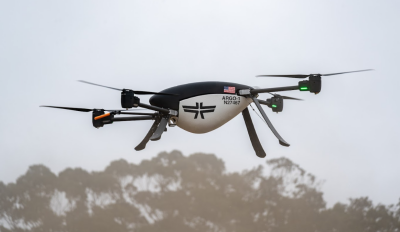Housed in a large boxlike structure at the base of a transmission tower, a hexacopter drone powers up and begins its 2-hour, 20-mile, one-way inspection journey. Powered by a rechargeable battery, the hexacopter flies above the line structure and begins capturing still imagery, thermal imagery, and a video stream of the transmission tower and line. The drone streams this data in real-time over a secure connection to the utility’s asset management platform. The unmanned aerial vehicle (UAV) is programmed to inspect the line as it flies, but also to stop and capture visual and sensory data for transmission tower assets such as insulators and conductors. Equipped with a GPS guiding system, the drone flies along a pre-mapped
The scenario above is just one example of what the future may look like for long-distance energy infrastructure inspection and asset management. Around much of the world, technology experts, regulators, UAV companies, and other interest groups are working through the benefits and challenges of allowing utilities and energy infrastructure asset owners to use beyond visual line-of-sight (BVLOS) for drone inspection operations. Some say the benefits are clear, with significant cost savings to be passed onto utilities, and in turn ratepayers. Others argue that such autonomy exposes networks to both physical and cybersecurity threats.
In 2018, Xcel Energy became the first utility in the US to be granted permission to fly a BVLOS operation for transmission line inspection. The utility leaned on key benefits offered by this deployment and carefully addressed regulators’ financial, regulatory, and technical concerns. Additionally, Xcel Energy specified Colorado’s unique and diverse topography as a key factor behind the deployment. The mountainous western part of the state creates challenging inspection and service restoration scenarios, while the eastern plains have limited development and infrastructure, driving high maintenance deployment costs. Colorado represents an excellent canvas for a demonstration of the benefits of drones and UAVs for energy infrastructure inspection. As of this writing, NextEra Energy and Dominion Energy are the only two other utilities to be granted BVLOS permission in the USA, according to the FAA.
Below are several of the key market and UAV characteristics that are impacting the global market and future deployment of UAVs and BVLOS operation for energy asset inspection. An in-depth analysis of market drivers and barriers for drones and robotics can be found in Navigant Research’s report, Drones and Robotics for Transmission and Distribution Operations.
Market Drivers for BVLOS UAV Operation for Energy and Infrastructure Inspection
Much of the world’s energy infrastructure is aging or outdated, and utilities are constantly seeking ways to improve operational safety and cutting costs. The market drivers that will facilitate the deployment of BVLOS UAVs for energy infrastructure inspection include the following:
- Aging electric infrastructure and network reliability risks: The majority of the electric grid throughout the developed world is more than 40 years old and in need of repairs and upgrades. In developing regions, similar conditions exist, whether as a result of aging over time or poor original construction and subpar maintenance. Compounding this problem is the fact that transmission lines are typically poorly instrumented, providing utilities with limited visibility into asset condition and risk of failure. With a long-distance, cost-efficient BVLOS UAV inspection platform, a utility can routinely inspect assets and ensure they are repaired or replaced prior to failure.
- Safety improvements: Historically, the job of asset inspection is either conducted by a lineworker hoisted up a transmission pole or from a helicopter. Both bring significant safety risks—increasing costs and liabilities to utilities while putting company employees at risk. UAVs can quickly and affordably access remote transmission networks for routine and risk-driven inspections. The addition of BVLOS capabilities reduces the required truck rolls, again increasing safety while cutting costs versus the current standard operating procedure.
- Financial savings and
cost shifting : Perhaps the most significant benefit UAVs and BVLOS operationsbrings to utilities is the cost savings potential. Navigant Research estimates that 70% of utilities outsource their transmission line inspection and pay for helicopter inspection or truck rental services. UAVs, and especially autonomous BVLOSoperations, would significantly reduce and potentially eliminate the need for helicopters or truck rolls for transmission line and tower inspections. A remotely piloted UAV only requires the drone hardware and the contracting or employment of a pilot, while a BVLOS autonomous flight requires the integration, digital GPS system mapping, and autonomous drone equipment. The latter can be expensive to implement and deploy, but theper-inspection costs will shrink significantly over time. For example, one utility estimated the cost of a helicopter transmission tower at $5,000 per tower. The same inspection can be done with a drone, which provides higher data quality and granularity for an estimated $200-$400.
Market Inhibitors of BVLOS UAV Operation for Energy and Infrastructure Inspection
Although a strong set of favorable market conditions and product benefits are pushing for the eventual deployment of BVLOS UAV’s for energy and infrastructure inspection, regulatory, financial, and technological obstacles remain and must be overcome before these systems become mainstream. Major market inhibitors include the following:
- Regulatory Stringency: Federal regulations in most regions around the world govern the use of UAVs, especially for commercial industries. Citing security, safety, and reliability concerns, many countries require that UAV devices be flown in line-of-sight of the pilot, limiting the capabilities and savings of the device. These concerns are magnified for autonomous BVLOS operation, as significant cybersecurity concerns come into play as well. Until these restrictions are modified or eliminated (which Navigant Research expects to take several years), the deployment of UAVs for energy infrastructure inspection will remain limited.
- Financial Requirements: Pilot programs and case studied have confirmed long- and short-term financial benefits to utilities, but the required capital for
an investment in UAVs for infrastructure inspection is significant. For a fully integrated fleet of UAVs and a custom data integration and analytics suite for a major investor-owned utility with significant transmission infrastructure, costs can be incurred upward of $10 million. Utilities must demonstrate to their regulators and ratepayers that the financial benefits of a UAV fleet for asset inspectionis brings positive cost-benefit analysis results. - Technology Limitations: Although competitive offerings exist, the technologies required for
an autonomous deployment of BVLOS UAVs are not fully developed. As the autonomous functionality of a UAV and its platform increases, the cost and complexity of integration and operatingis magnified. Full functionality of UAV software platforms and data analysis tools often require extensive integration with existing utility software systems, which can be a challenging and expensive proposition. Strict utility cybersecurity protocols must be met, which not all autonomous drone solutions can offer. And it’s important to consider that most utilities do not have GPS-based digital maps of their transmission infrastructure, further increasing the complexity of a BVLOS UAV deployment.
Navigant Research expects that today’s favorable market conditions and the sum of the benefits offered will propel UAVs and BVLOS operations into mainstream utility deployment within the next 5 years. Xcel Energy was the first, but it won’t be the last.
















Comments